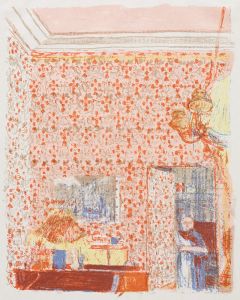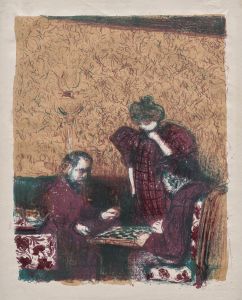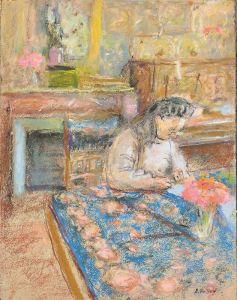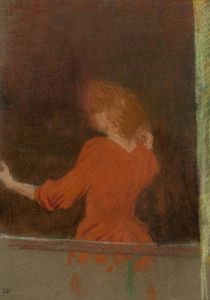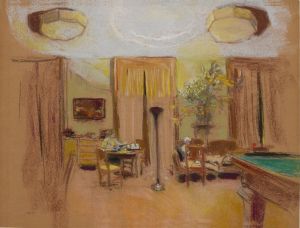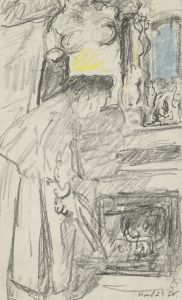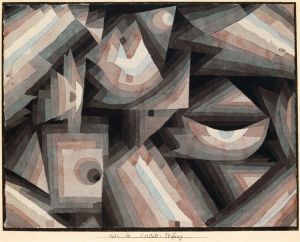
La Salle du Moyen Âge au Musée des Arts décoratifs
A hand-painted replica of Édouard Vuillard’s masterpiece La Salle du Moyen Âge au Musée des Arts décoratifs, meticulously crafted by professional artists to capture the true essence of the original. Each piece is created with museum-quality canvas and rare mineral pigments, carefully painted by experienced artists with delicate brushstrokes and rich, layered colors to perfectly recreate the texture of the original artwork. Unlike machine-printed reproductions, this hand-painted version brings the painting to life, infused with the artist’s emotions and skill in every stroke. Whether for personal collection or home decoration, it instantly elevates the artistic atmosphere of any space.
Édouard Vuillard, a prominent French painter associated with the Nabi movement, created the painting "La Salle du Moyen Âge au Musée des Arts décoratifs." Vuillard was known for his intimate interior scenes and his ability to capture the essence of domestic life and public spaces with a unique blend of impressionistic and post-impressionistic styles.
"La Salle du Moyen Âge au Musée des Arts décoratifs" translates to "The Medieval Room at the Museum of Decorative Arts." This painting is part of Vuillard's exploration of interior spaces, a theme that he frequently revisited throughout his career. Vuillard's work often focused on the interplay of light and color within enclosed spaces, and this painting is no exception.
The Musée des Arts Décoratifs in Paris, where the scene is set, is renowned for its extensive collection of decorative arts, including furniture, ceramics, glassware, and textiles, spanning from the Middle Ages to the present day. The museum's medieval collection, which Vuillard depicted, includes artifacts that reflect the artistic and cultural heritage of that era.
Vuillard's painting captures the ambiance of the museum's medieval room, emphasizing the textures and colors of the artifacts on display. His use of muted tones and soft brushstrokes creates a sense of tranquility and reverence for the historical objects. Vuillard's attention to detail allows viewers to appreciate the intricate designs and craftsmanship of the medieval pieces, while his compositional choices guide the eye through the space, offering a glimpse into the past.
Vuillard was part of the Nabi group, which included artists like Pierre Bonnard and Maurice Denis. The Nabis were influenced by Paul Gauguin and sought to break away from traditional artistic conventions, emphasizing the importance of color and symbolism. Vuillard's work often reflected these principles, as he used color and form to convey mood and meaning rather than focusing solely on realistic representation.
In "La Salle du Moyen Âge au Musée des Arts décoratifs," Vuillard's style is evident in the way he captures the essence of the museum environment. The painting is not just a depiction of a physical space but an exploration of the atmosphere and the viewer's experience within it. Vuillard's ability to evoke a sense of history and continuity through his art is a testament to his skill as a painter and his deep appreciation for the decorative arts.
Vuillard's work, including this painting, is celebrated for its ability to transform everyday scenes into moments of beauty and contemplation. His paintings are housed in major museums and collections worldwide, where they continue to be studied and admired for their contribution to the development of modern art.
"La Salle du Moyen Âge au Musée des Arts décoratifs" stands as a significant example of Vuillard's work, reflecting his mastery of interior scenes and his dedication to capturing the spirit of the spaces he painted. Through this work, Vuillard invites viewers to step into the past and experience the rich tapestry of history preserved within the walls of the museum.







